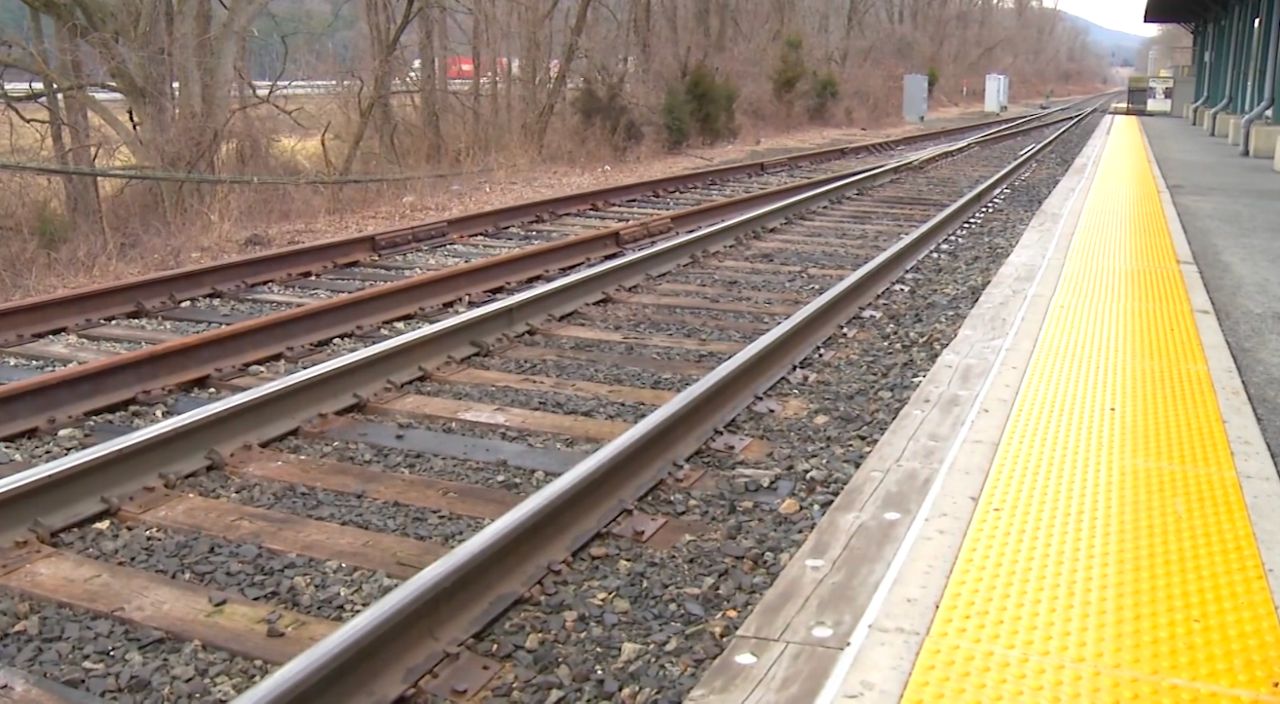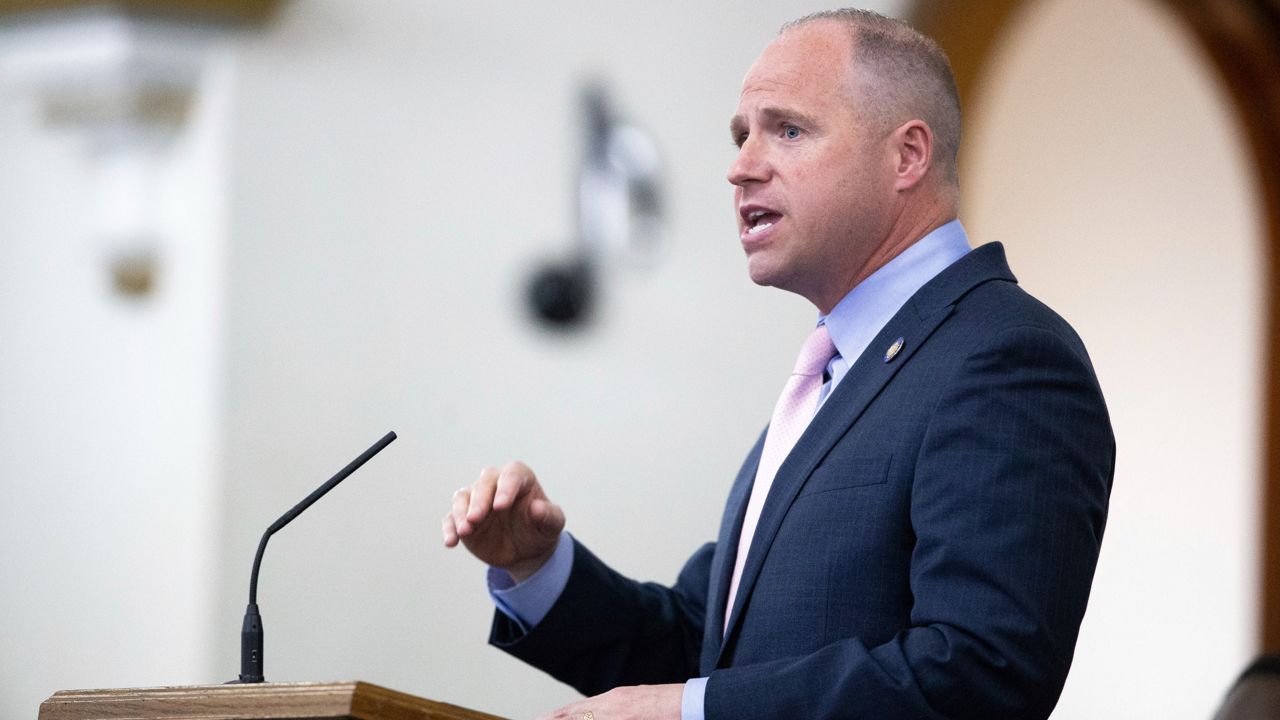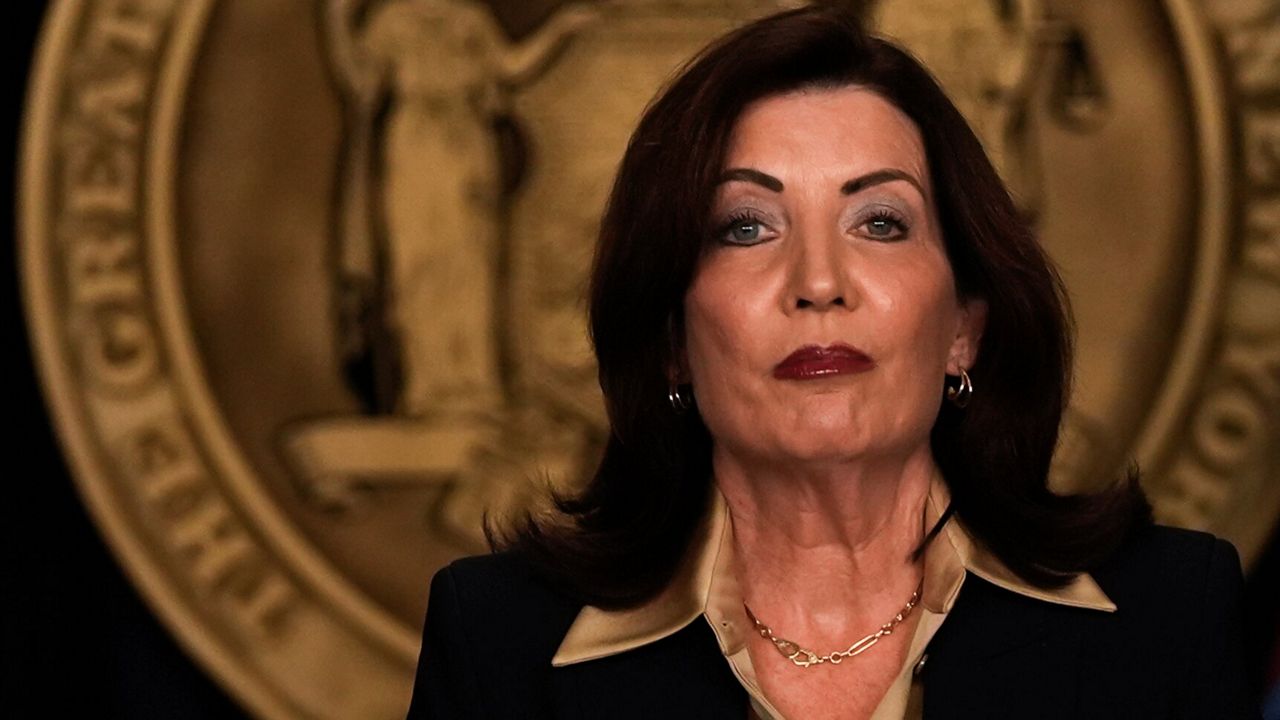As public school leaders and advocates start to evaluate what local districts will need to give students of migrant families a proper education, they're urging New York City and state officials to maintain transparency about the incoming young asylum seekers.
With less than a month to go until schools return from summer vacation, district administrators are bracing for new challenges to meet students' educational needs as hundreds of asylum seekers have been relocated from New York City to communities upstate, including in the Hudson Valley, Capital Region, Central and Western New York.
"The city, the state — they need to give local school officials a heads up about what to expect and time to prepare," said Robert Lowry, deputy director with the state Council of School Superintendents. "We're very sympathetic for the challenges this presents for New York City. Immigration is primarily a federal issue and the federal government could be doing more to assist with this … We don't have any sense of what to expect right now."
Districts need basic information about incoming students, including their educational history, diagnoses and special learning needs, immunization records and more, Lowry said.
"We'll be trying to help local school officials get the information they need in order to make decisions about how they might need to adjust staffing, their schools, space, that kind of thing," he said.
The Erie County Department of Health confirmed one migrant tested positive for tuberculosis, according to news reports Wednesday. Lowry says it shows the necessity of school districts having medical information about them, as New York students are mandated to have certain immunizations.
Most districts would be able to partner with local health departments to immunize students who need it, Lowry added, and a special statewide initiative like during the COVID-19 pandemic should not be necessary.
But districts will be challenged to prepare to accommodate migrant students without knowing the number scheduled to arrive, or when.
Superintendents, school boards and other education officials plan to dissect the resulting prevalent issues as the school year begins.
Jay Worona, deputy executive director of the state School Boards Association, cited a 1982 U.S. Supreme Court ruling in Plyler v. Doe, which indicated children of asylum seekers and undocumented immigrants have the constitutional right to be educated while they reside within a local school district in the United States.
"We need to all come together to figure out how we make this work," Worona said Wednesday. "Not whether we make it work — I think that's our ethical and moral imperative — but how we make it work."
But school leaders are questioning if they'll have the necessary resources to properly educate children of asylum seekers in the coming academic year.
"We can all talk about the great intentions that we have, but if we don't have the resources to provide those opportunities, not only are those students not going to get what they need, but students who are already in existence in the district are not going to get what they need," Worona said.
Education leaders say schools will need additional teachers, and particularly English as a Second Language teachers and staff, in addition to improved programming to provide the incoming students a decent education.
Lowry is concerned how the problem will grow as school begins without additional funding or plans from the federal government.
Transparency from city and state officials to districts, he said, is paramount.
"What kind of education have they had so far?" he asked. "What additional help might they need beyond just the standard classes? Those are the types of concerns we've heard, but most districts, at this moment, don't really have a sense of whether they will be affected and to what extent they'll be affected."
Education officials say they'll get input from schools to shape next year's budget priorities and legislation to address upcoming district challenges.
The State Education Department referred questions about information sharing and other support for districts outside the city to the New York City Department of Education. The city department did not respond to requests for comment.
SED will serve as a conduit between districts open to help serve the incoming students.
"We are examining the process of identifying students for placement in ELL programs with an eye towards providing more flexibility to schools and districts," SED spokeswoman Keshia Clukey said in a statement. "We are also working closely with BOCES, districts and schools to explore the development of tools they can use to best support the students, including the technical assistance and support. This includes looking at other barriers that schools and districts may face towards supporting English language learners new to their communities."
New York State Education Department Commissioner Betty Rosa met with New York City Education Department leaders and officials with Gov. Kathy Hochul's office about the issue Monday, and will determine the districts best suited to educate young migrants.
Gov. Hochul told reporters Wednesday the most robust language services are available in the city — not rural, upstate communities.
"The language services for the children are really concentrated in the city," the governor said. "Sending people to a rural area where happens to be a motel on a highway when there are no jobs whatsoever, there are no services, and especially, for the kids who need to be in a school where they're going to need English as a Second Language classes taught to them … That's not available throughout the state."
The governor recently pointed to the state's $34.5 billion full funding of school foundation aid included in the latest budget that districts could use to offset migrant education costs.
New York City is managing the transfer of asylum seekers who arrive in the city to other parts of the state. New York City has legal and financial responsibility for housing migrants and related services.
The state's role, according to the governor's office, has rested in providing $1 billion in the latest budget and logistical support — about 1,700 National Guard and offering state-owned sites for shelter — to house asylum seekers.
"Since asylum seekers first began arriving in New York last year, Gov. Hochul has worked closely with city officials to provide funding and support," a spokesperson for Hochul said in a statement Wednesday. "We are grateful to the state Education Department for convening city and state stakeholders to discuss best practices for the school year ahead, and will review any guidance they issue as the school year approaches.”
Lawmakers have recently sent the governor letters asking her to create a plan to reimburse local districts outside the city for unforeseen expenses related to educating asylum seekers.
They question how districts, already lacking staff, will find the necessary funding and educators to fill an unknown need.
"I don't know where they're going to come up with more instructors, more classroom space, more transportation, more everything to try to support the individuals that have been sent here," Assemblywoman Mary Beth Walsh, a Republican from Ballston Spa, said in the Capitol on Tuesday. "It's putting a huge burden on us. The school budgets have all been passed. The problem was created at the federal level and we're all just left to try to pick up the pieces."
The state Education Department issued new guidance Wednesday together with state Attorney General Letitia James' office, directing ways teachers and school staff must uphold diversity, equity and inclusion when providing instruction, discipline or addressing bullying and harassment. The guidelines will help prepare teachers, who will encounter students from a greater diversity of backgrounds and identities.









